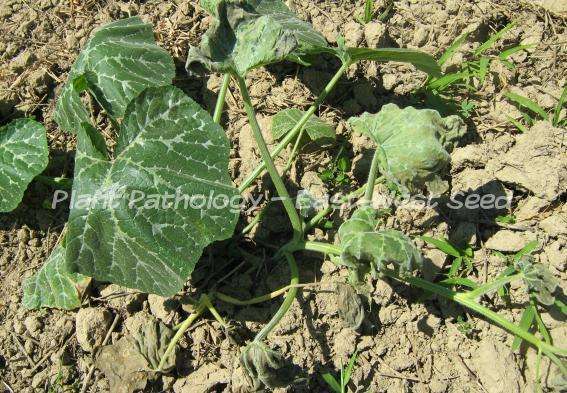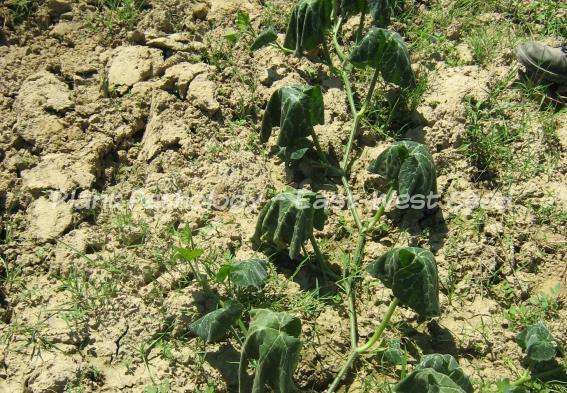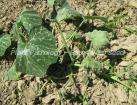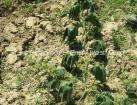Causal Agent:
Bacterium (Ralstonia solanacearum)
| Characteristic Symptoms: | |
 |
Sudden wilting of the whole plant starting with the shoot apex, which is commonly observed during daytime. |
 |
The plant may recover throughout the evening and early in the morning or during cloudy weather. |
 |
Under favorable conditions, the whole plant wilts with the leaves remaining green in color and eventually turns brown as it dries up. |
 |
Wilted plant shows browning of the vascular tissue at the basal portion of the stem. |
 |
White, milky strand of bacterial ooze flows out when a freshly cut section of infected stem base is placed in water. |
| Conditions for Disease Development: | |
 |
The bacterium is soil-borne and waterborne and can survive on diseased plant debris. It enters the plant through wounds on the roots due to cultivation, insect or nematode feeding and emergence of lateral roots. |
 |
High temperatures (30-35°C) and high soil moisture favor disease development. |
 |
The disease is common in heavy soils and in low-lying areas that can retain soil moisture for long periods. |
 |
The bacteria is spread by furrow irrigation or surface water, cultivation, transplanting, wounding and pruning. It is spread from one field to another through infested soil transported with seedlings or with farm implements. |
| Management and Control: | |
 |
Avoid planting in contaminated land or areas with previous history of high BW incidence.
|
 |
Remove wilted plants including roots as soon as symptoms are observed to minimize spread of disease from plant to plant.
|
 |
Eradicate weeds which may harbor bacteria to reduce source of inoculum in the field. |
 |
Control root-knot nematode and root-feeding insects since they may help in disease establishment and spread.
|
 |
Disinfect tools used in an infested field with 10% household bleach (chlorox).
|
 |
Crop rotation with rice and corn for at least 3-5 years may help reduce inoculum in the soil.
|
 |
Use resistant/moderately resistant varieties, if available.
|
 |
Use resistant rootstock in grafted seedlings.
|
 |
Biofumigation of soil using chopped mustard leaves can help suppress bacteria in the soil.
|
To view other diseases, click here.
Need more help? Ask the Doctor.








